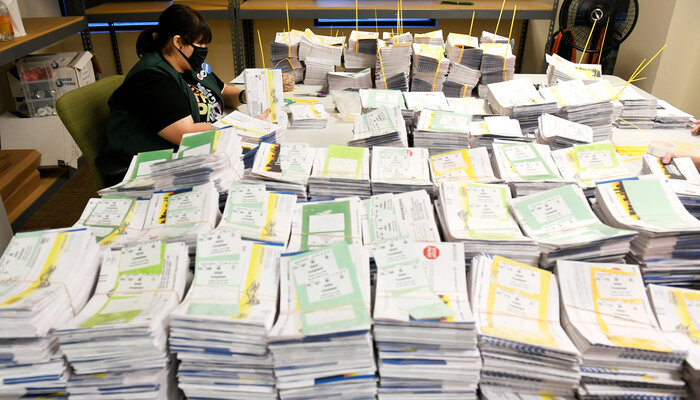The results that you see on election night coverage are not final and official results. They are instead a combination of unofficial results reported by election officials and news organization projections. The full process for counting votes involves a series of steps that take place over the course of weeks. After these multiple checks ensure the accuracy of the results, the process ends when officials certify the election, as required by law.
Each of these steps has safeguards in place to protect the rights of voters and the integrity of our elections. They are conducted in public; representatives from both parties, citizens, and the media can observe that they are done properly. At each step, voters, candidates, and other interested parties can go to court to enforce these safeguards if needed.
Since 2020, some key states have passed new laws that impact the postelection counting process. Most notably, Michigan will now permit local officials to process and tabulate mail ballots before Election Day, which will enable officials to count and report these vote totals faster. In North Carolina, election officials must now wait until polls close on Election Day to begin tabulating ballots cast during the early voting period, meaning that these results will no longer be reported as soon as polls close. North Carolina also changed the state’s deadline to return mail ballots; while ballots could previously be counted as long as the voter sent the ballot by Election Day, the election office must now receive the ballot by Election Day for the vote to be counted.
This guide explains the key steps that election officials will go through to accurately determine and sign off on the final results of the election. The steps are generally explained in chronological order, but it is important to know that timelines vary by state and that many of these steps take place concurrently. And while our election systems have many safeguards to protect against fraud and disenfranchisement, this guide is specifically focused on the administrative steps that election officials take to ensure a secure and accurate vote count.




